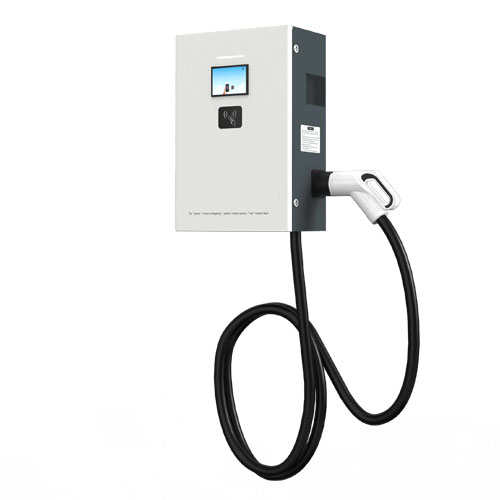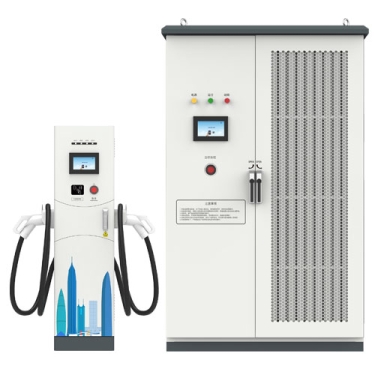Check out our look at charging your electric car with a Level 3 charger. Level 3 Electric Vehicle (EV) Car Charger with Wifi, 80Amp 380V, CE Approved, Energy Star Approved. Available for pickup.
Learn about the 3 EV chargers on the market. Level 1, Level 2 and Direct Current (DC) Level 3, you need to decide which charger is right for your car and your lifestyle.
Level 3 EV Charger Wall Mount Product Parameters:
Parameters | Requirements | ||
General Requirements | |||
EV Charger Type | DC | ||
Charger Capacity | 20KW | 30KW | 40KW |
Equipment size | L650*W440*H190(mm) | L650*W440*H190(mm) | |
Product Model NO. | ENC-DCB020A ANSI-DCB020A JIS-DCB020A | ENC-DCB030A ANSI-DCB030A JIS-DCB030A | ENC-DCB040A ANSI-DCB040A JIS-DCB040A |
Mounting | Wall-Mounted | ||
Input Requirements | |||
AC Supply System | Three-Phase, 5 Wire AC system | ||
Nominal Input Voltage | AC380V±15% | ||
Input Frequency | 45-65Hz | ||
Environmental Requirements | |||
Ambient Temperature Range | -25 to 55°C | ||
Ambient Humidity | 5 to 95% | ||
Storage Temperature | -40 to 70°C | ||
Mechanical Requirements | |||
IP Ratings | IP 54 | ||
Cooling | Air-cooled | ||
Output Requirements | |||
Number of Outputs | 1 | ||
Type of Each Output | 200-1000VDC | ||
Single Output Max.Current | 66 Amp | 125 Amp | 132 Amp |
Power Factor | ≥0.99(50% load above) | ||
User Interface & Display Requirements | |||
Display & Touch-Screen Size | 7 Inches Touch Screen with Shell | ||
User Authentication | QR Code/RFID Card /Password Login | ||
Metering Information | Consumption Units | ||
Communication Requirements | |||
Communication between EVSE and Central server | OCPP 1.6J Protocol (Optional) | ||
Interface between Charger and CMS | Ethernet/3G/4G/WIFI (Optional) | ||
Protection & Safety Requirements | |||
Executive Standard | IEC 62196 2017, IEC 61851 2017, SAE J1772,CHAdeMO etc. | ||
Safety Parameters | Over Current, Over Voltage, Under Voltage, Residual Current, Surge Protection, Leakage Protection, Short Circuit, Over Temperature, etc. | ||












